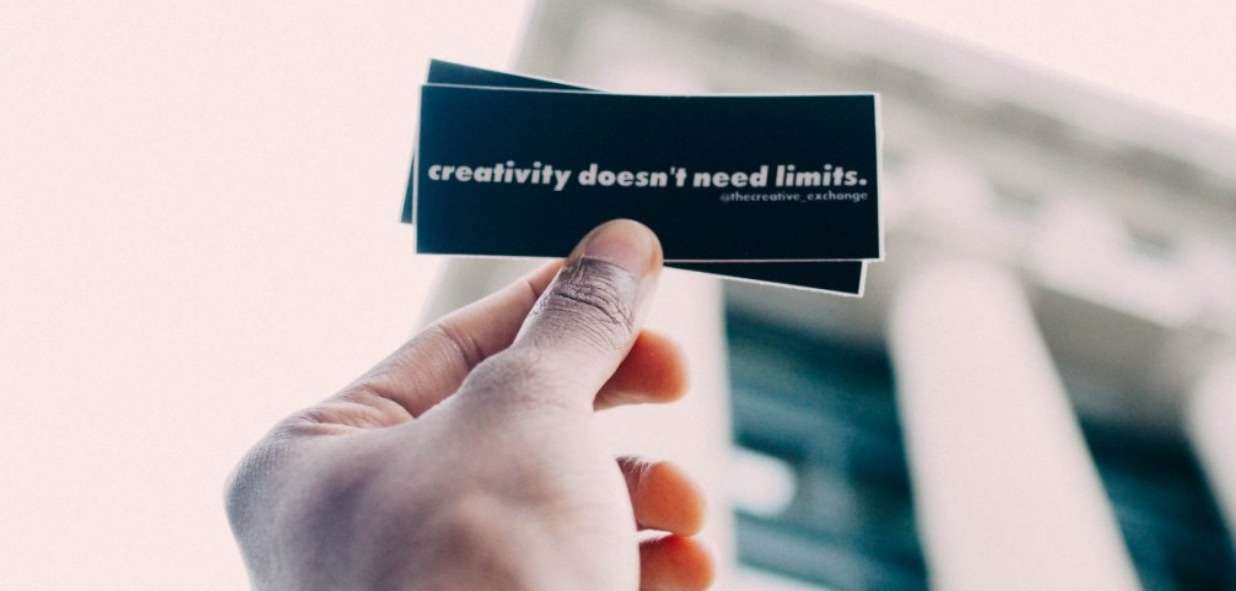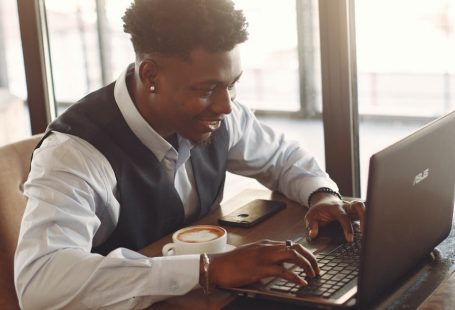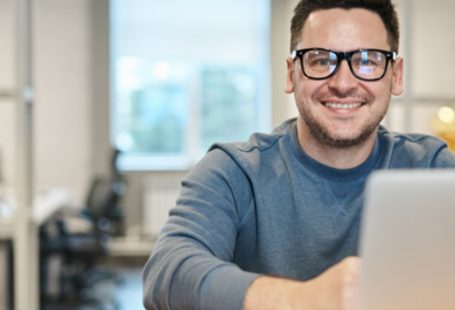Before anything else, let’s be clear on this point: creativeness is NOT a skill belonging exclusively to musicians or ad agencies. Creativeness is inside all of us and it’s possible to apply it to mostly anything we do.
We can use our creativeness either for a website design (quite an obvious fact) or to put together information into an Excel report, and I don’t mean just the font type or the color, but also the calculation process we execute in the spreadsheet. It is possible to “become creative” in every single approach we make and to find alternative ways to do something.
However, considering many aspects of daily life today, we might relapse into a dull routine where creativeness takes a backseat. To prevent that, you may find these key tips and exercises really helpful:
Creativeness can be exercised and is unlimited
Many people think that ideas we generate are like the air we breath inside a closed room: after using it once and again, it’ll be simply over. Nothing is further from the truth.
The ideas we generate look more like the wind –it sometimes blows strong and brings lots of things with it, and some other times it’s much calmer. But it’s always there, and it’s unlimited.
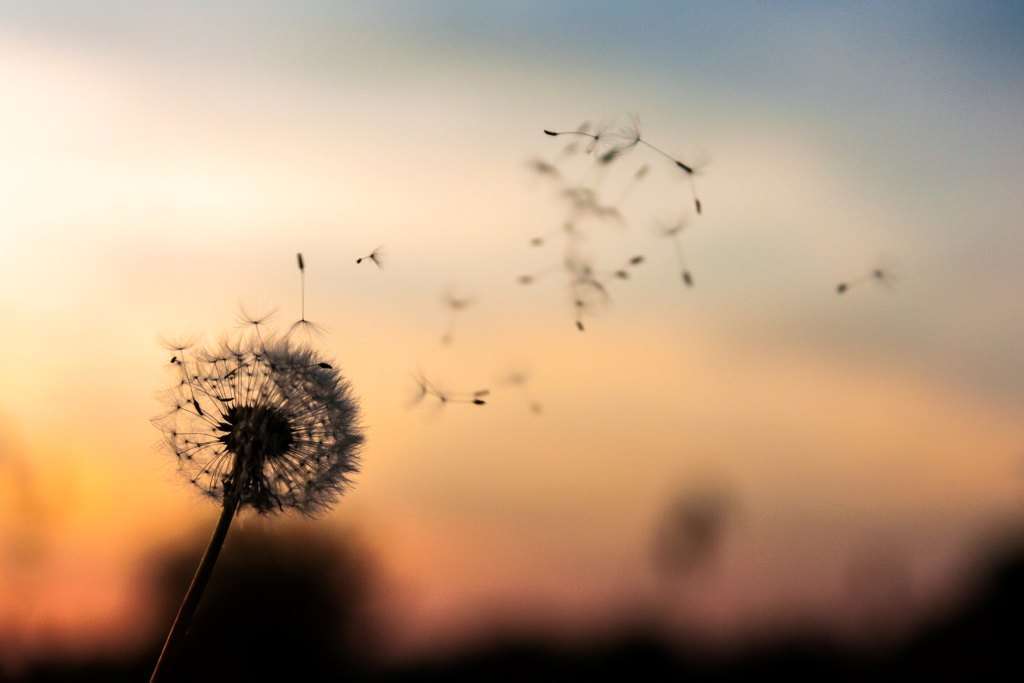
Don’t force the creative process
Sometimes we need to move forward with a assignment which requires some really original ideas or basically to find an efficient approach to it. However, we might not be able to think of any creative idea at that moment, no matter how hard we try.
This is normal and can be frustrating. Something which proves very useful on these cases is to make a pause and focus somewhere else. In this way, we’re giving a break to our minds and let them exercise other areas, which in time will help us focus back on our original assignment, feeling refreshed.
Move around
Although you should ideally ride a bike or swim (not just for creativity purposes but because it’s a healthy habit), the truth is that sometimes it’s enough just to simply walk around your working area.
Standing up, stretching out and putting your muscles into movement activate the circulatory system and allow a good irrigation of the limbs; basically, these activities get our body to work more than when we’re sitting, and at the same time help the brain work better.
Art
Developing some artistic activity is no doubt a great way of exercising for creativity –though simply consuming art might also have the same effect.
Listening to music, watching a movie, attending a play, reading, contemplating paintings… in all these cases we’ll be making use of several of our senses, stimulating them, while at the same time leading us to reflect on different things.
A painting might remind us of a particular situation, a song might be connected to a person… any incentive which invites us to think and to relate people, facts, places and a hugeness of other elements might translate into a good way of exercising for creativity.
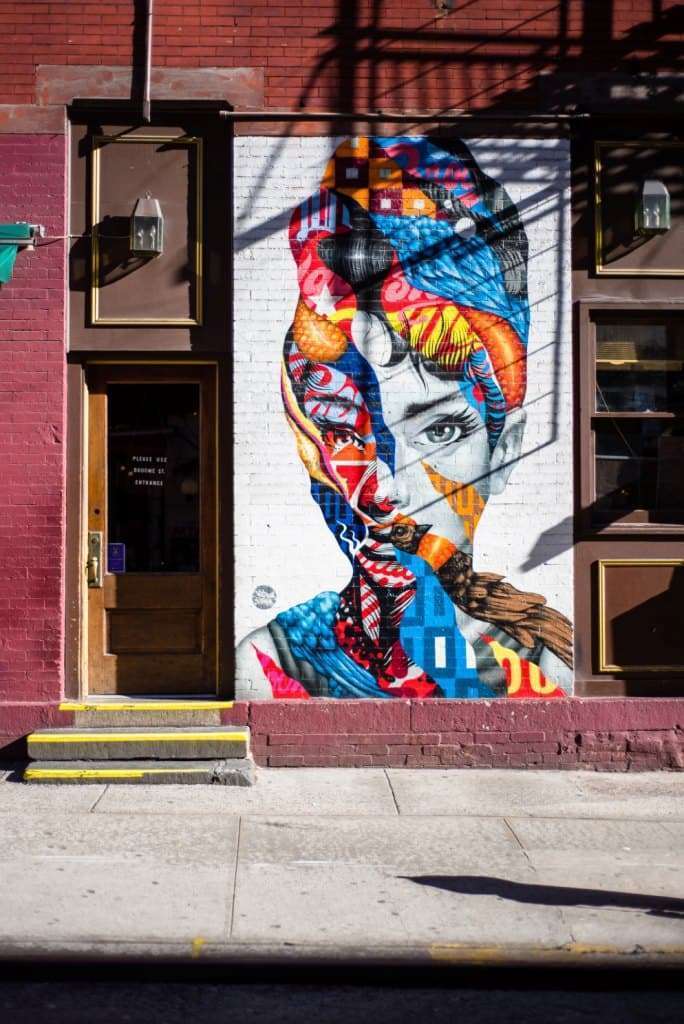
Find a source of inspiration
Usually, mostly within a working context, we use the term “getting inspiration” as a synonym for copying from someone else. This isn’t necessarily the case. We can no doubt find inspiration in what someone else has created, but that doesn’t mean we’re copying from them.
Sometimes, observing how others have applied a resource might help us understand how a situation was solved conceptually, and based on that new concept, think on how it might be applied to what we need to solve.
Take down notes
Having a notebook where we can write down the ideas that might come to us, either a business thought or a tale or a dish or a new signature tagline for your emails, can be a great exercise to make the most of our ideas. They will serve as triggering factors for future ideas and so on.
As you can see, there are many ways of exercising your creativeness. This article is just the first part, read the second part here!
